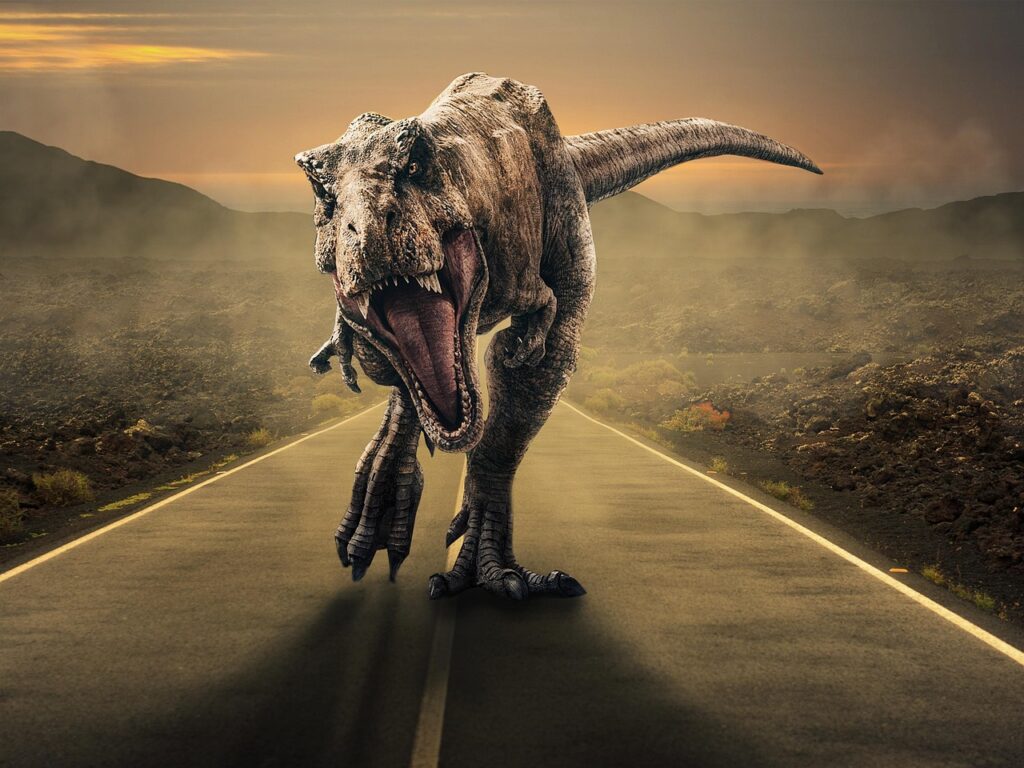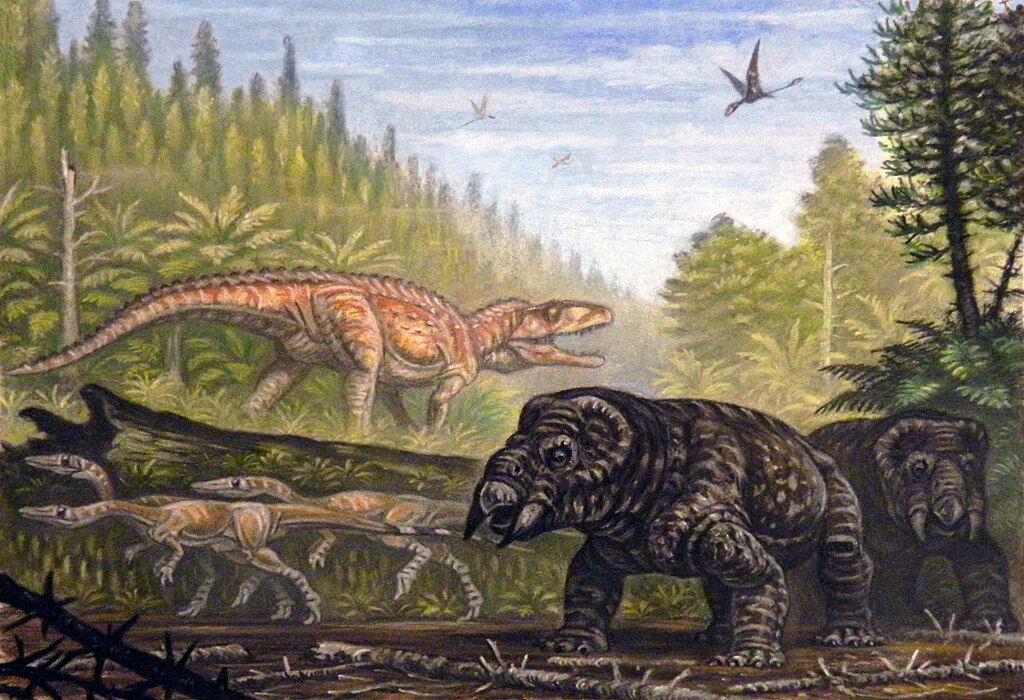Imagine standing in the shadow of a predator so fearsome that it ruled the late Cretaceous with unmatched power—Tyrannosaurus rex, the undisputed king of dinosaurs. With bone-crushing jaws, razor-sharp teeth, and senses honed for the hunt, T. rex was more than just big—it was a finely tuned predator built for dominance. In this article, we’ll uncover 10 remarkable traits that made T. rex unstoppable, revealing why this ancient giant remains one of the most iconic and terrifying creatures to ever walk the Earth.
The Most Devastating Bite Force in History
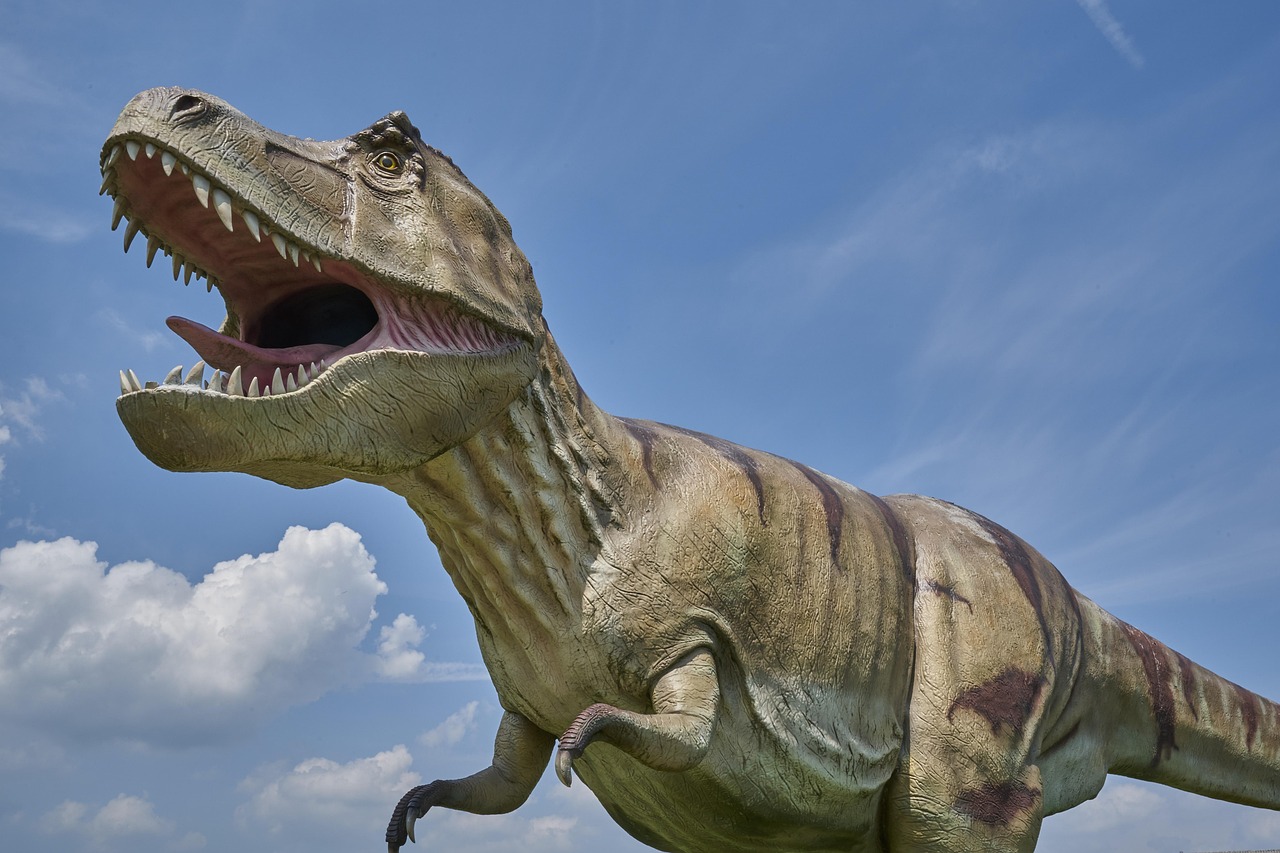
T. rex possessed the strongest bite force of any land animal – ever, capable of exerting an estimated 35,000 to 57,000 newtons. To put that in perspective, its jaws could have crushed a car. This incredible bite force wasn’t just about raw power – it was precision destruction designed by evolution.
The biomechanics behind this devastating bite were remarkable. These overly strong jaws and solid teeth would be ideal for capturing and holding struggling prey, even a large hadrosaur or triceratops. Imagine trying to escape from a predator whose bite could snap your bones like twigs – that’s the kind of helpless terror T. rex’s prey must have felt.
Razor-Sharp Teeth Built for Maximum Damage
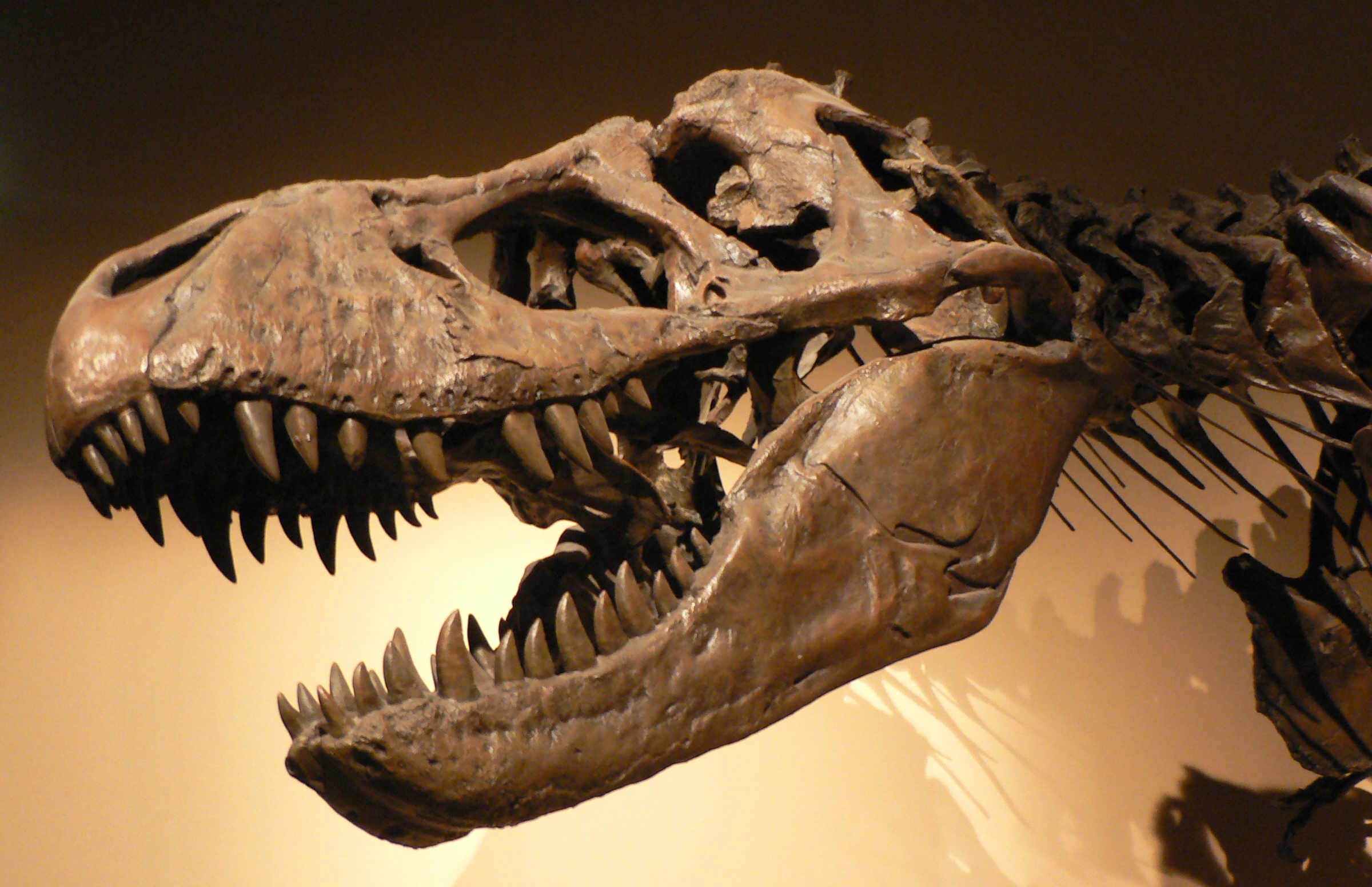
T. rex had a mouth full of about 50-60 teeth up to 8 inches long. But these weren’t just oversized toothpicks – they were engineering marvels. T. rex is characterized by robust serrated teeth, with teeth that were curved, with a distinctive “D” shape that allowed them to grip and tear flesh with ease.
The curvature of the teeth also helped to distribute the force of the bite, making it easier for the T. rex to crush the bones of its prey, with some specimens showing evidence of serrations that would have helped to increase their cutting power. These teeth were constantly replaced throughout the dinosaur’s life, ensuring T. rex always had a fresh set of killing tools ready for action.
Forward-Facing Eyes for Predatory Precision
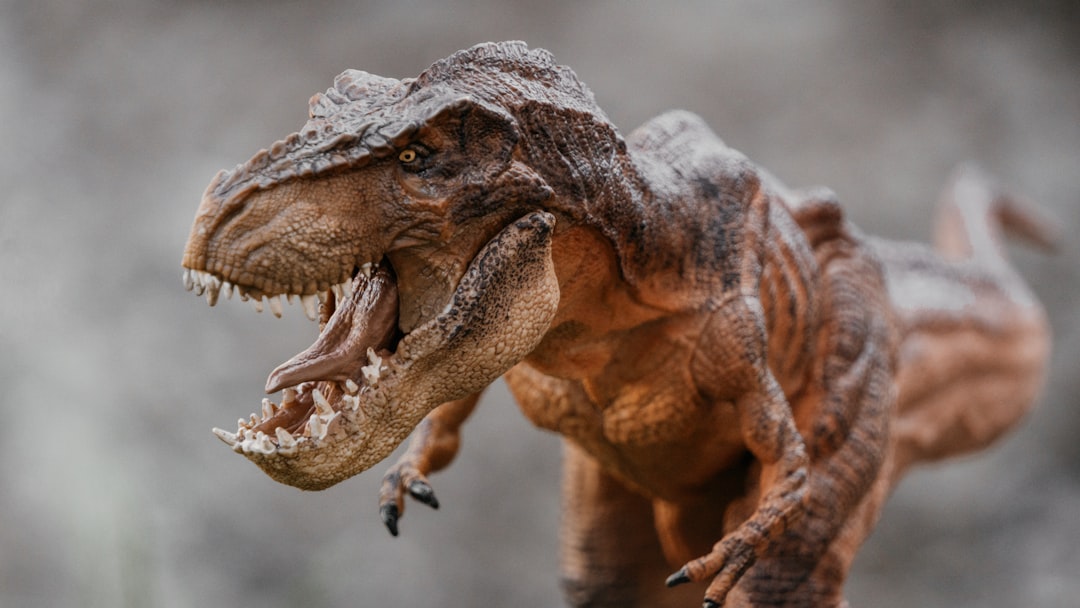
T. rex’s eyes are the eyes of a predator. The dinosaur has forward facing eyes, not eyes on the sides of the head. This gave T. rex something that made it incredibly dangerous – binocular vision that may have been comparable to modern birds of prey. Think about what this means: T. rex could judge distances with deadly accuracy.
The T. rex’s eyes were positioned at the front of its skull, providing it with excellent depth perception. This allowed for precise targeting of prey and enhanced hunting efficiency. When you’re an eight-ton killing machine, being able to accurately target your prey’s vulnerable spots makes the difference between a quick kill and a prolonged struggle.
An Extraordinary Sense of Smell
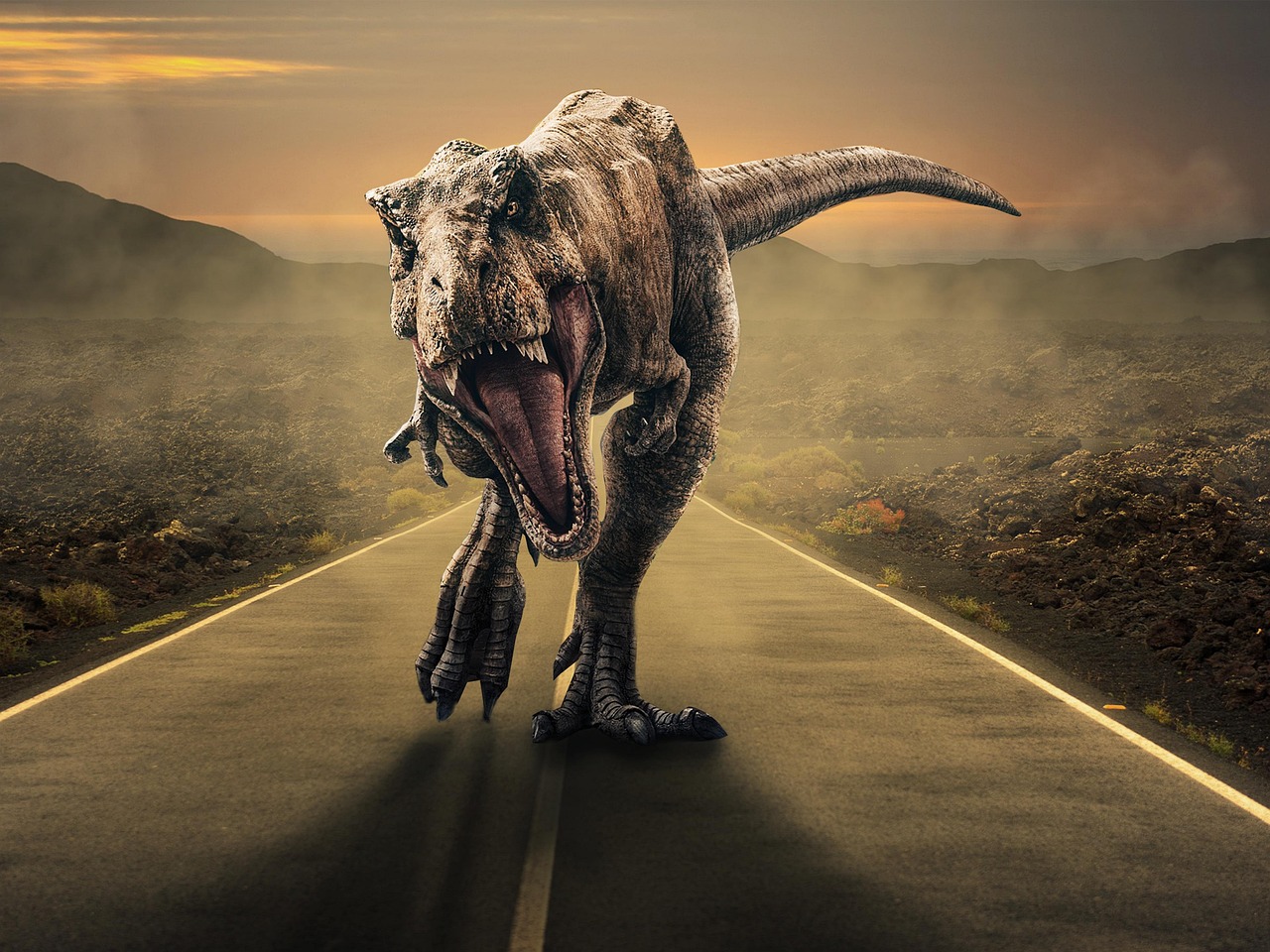
Tyrannosaurus had large olfactory bulbs, suggesting a highly developed sense of smell which could sniff out carcasses over great distances, as modern vultures do. But this wasn’t just for scavenging – T. rex had an amazing sense of smell. We know this because the size of the parts of the brain responsible for smell (the olfactory bulbs) are bigger compared to other theropods suggesting that this was behaviorally important.
The T. rex’s large olfactory bulbs gave it a keen sense of smell, enabling it to detect prey from a distance. This meant T. rex could track wounded prey for miles, or detect potential meals hidden in the forest. It was like having a built-in GPS system for hunting – no prey could truly hide from this apex predator.
Massive Skull Designed for Impact
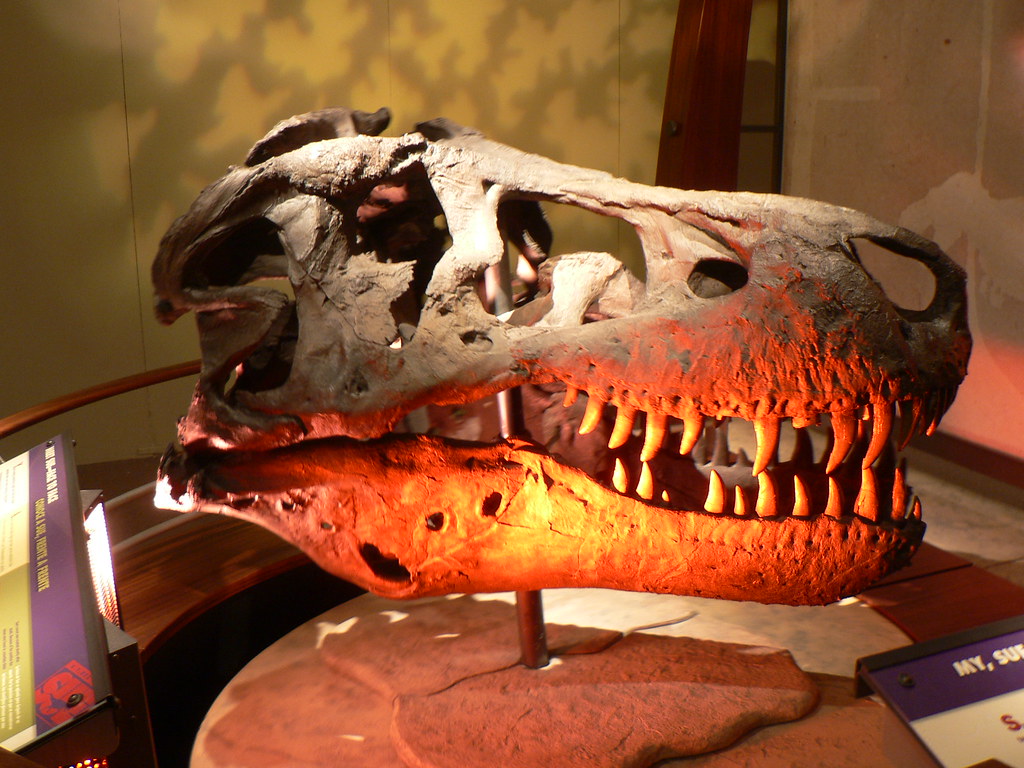
T. rex has a huge skull with large, impact resistant teeth, measuring up to five feet long, with bony ridges running around the top and sides of the snout. This wasn’t just about housing those terrifying teeth – it was about creating a battering ram that could withstand tremendous forces.
T-Rex is known for its massive, fearsome head that was designed for crushing bones and tearing flesh. The anatomy of its skull and neck played a key role in the dinosaur’s predatory abilities. The massive skull also housed a brain about twice as large as other theropod dinosaurs, suggesting that it might have been more intelligent, with better vision and sense of smell, than its fellow dinosaurs.
Powerful Legs Built for Pursuit
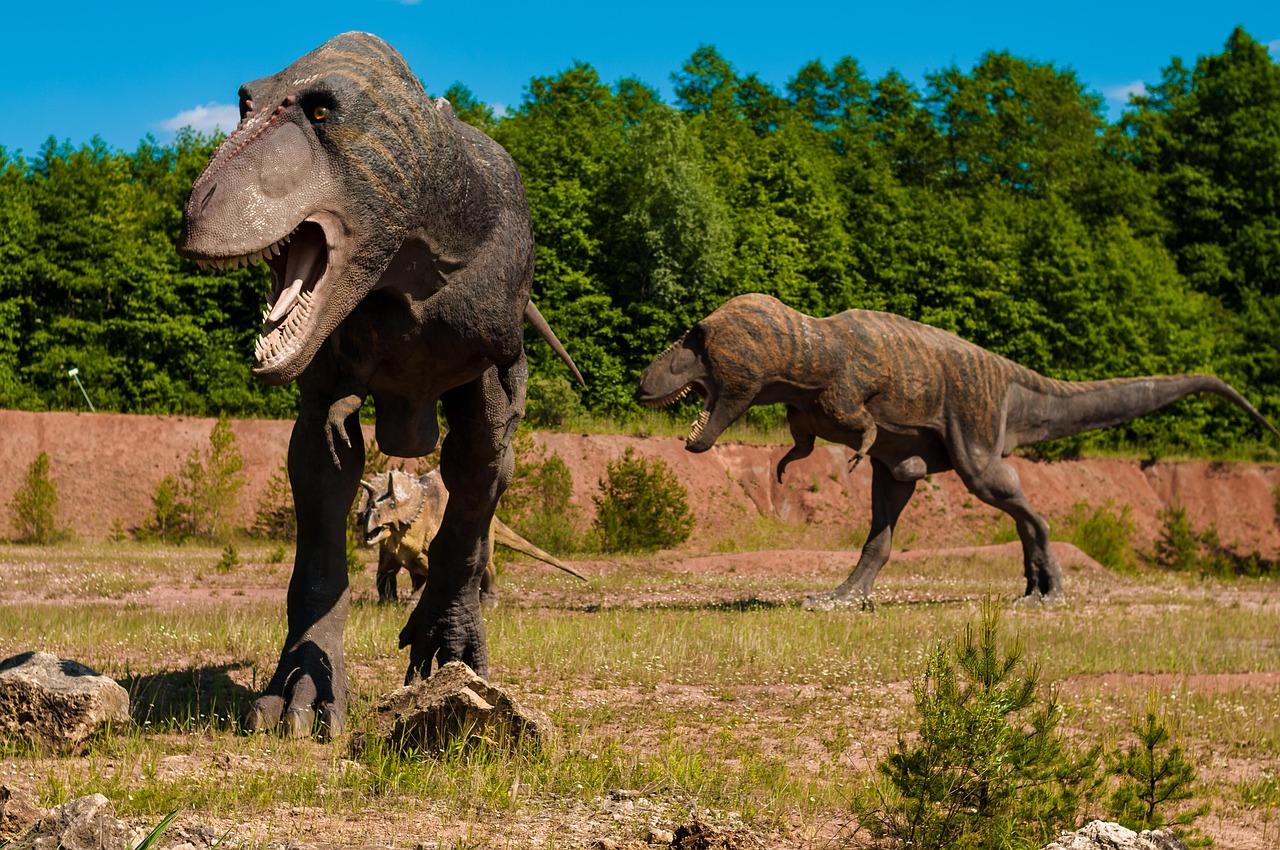
T. rex had powerful legs. Its thigh bones were relatively long, a trait common in animals with good running endurance. While recent studies suggest T. rex wasn’t as fast as once thought, tyrannosaurs like T. rex had long legs that were apparently well-adapted for reduced energy expenditure while prowling for prey, with large bodied tyrannosaurs having distinctly efficient locomotion, even at multi-ton scales.
Its long, muscular legs provided unmatched speed and agility, enabling it to chase down prey with ease, allowing for swift movement, enabling it to cover large distances in pursuit of prey. Even if T. rex was more of a power walker than a sprinter, those massive legs could deliver devastating kicks and maintain pursuit over long distances.
Bipedal Stance for Superior Mobility
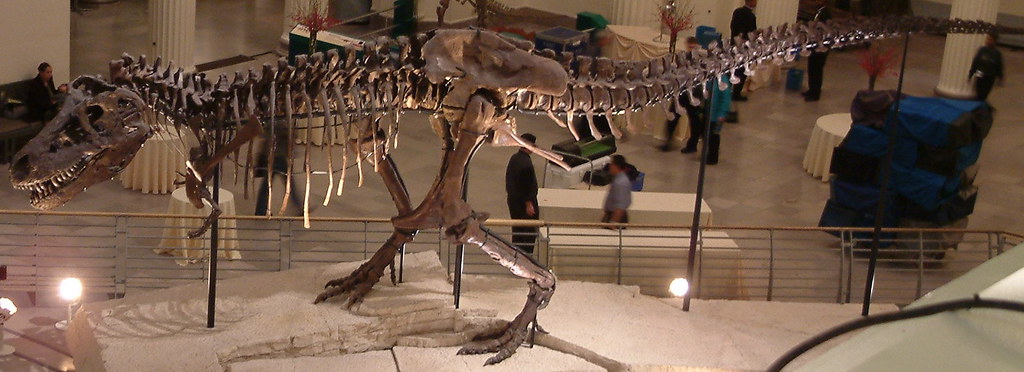
Like other tyrannosaurids, Tyrannosaurus was a bipedal carnivore with a massive skull balanced by a long, heavy tail. Another crucial adaptation was its bipedal posture. By standing upright on two legs, the T. rex was able to conserve energy and move more efficiently. This enabled it to cover vast distances in search of prey, giving it a distinct advantage over other predators.
Being bipedal meant T. rex could use its powerful legs exclusively for locomotion while keeping its massive head and jaws free to strike. This wasn’t just an evolutionary quirk – it was a hunting advantage that made T. rex incredibly maneuverable despite its massive size.
Surprisingly Strong Arms Despite Their Size
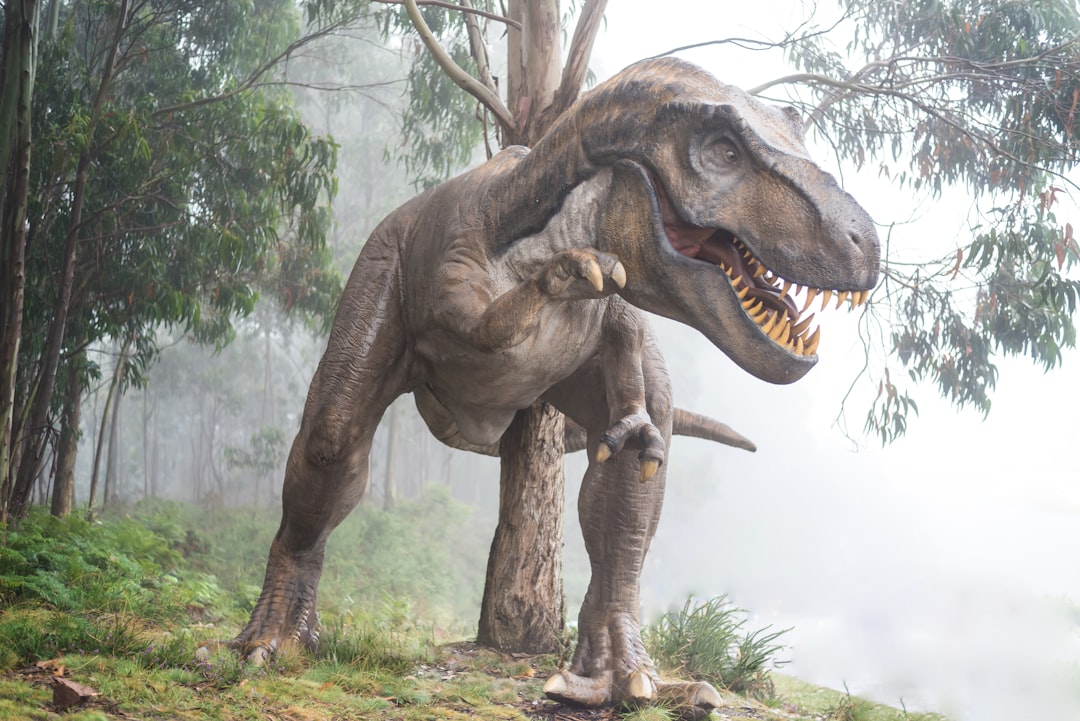
Everyone jokes about T. rex’s tiny arms, but here’s the shocking truth: relative to its large and powerful hind limbs, the forelimbs of Tyrannosaurus were short but unusually powerful for their size, and they had two clawed digits. While short, they were strong, evidenced by large muscle attachment areas on the bones.
These arms might have been small relative to the rest of the body, but they were incredibly muscular. Some scientists believe they were used for grappling with prey or mates. Think about it – even “tiny” T. rex arms were still several feet long and packed with muscle. They weren’t useless appendages; they were precision tools designed for close-quarters combat.
Evidence of Pack Hunting Behavior
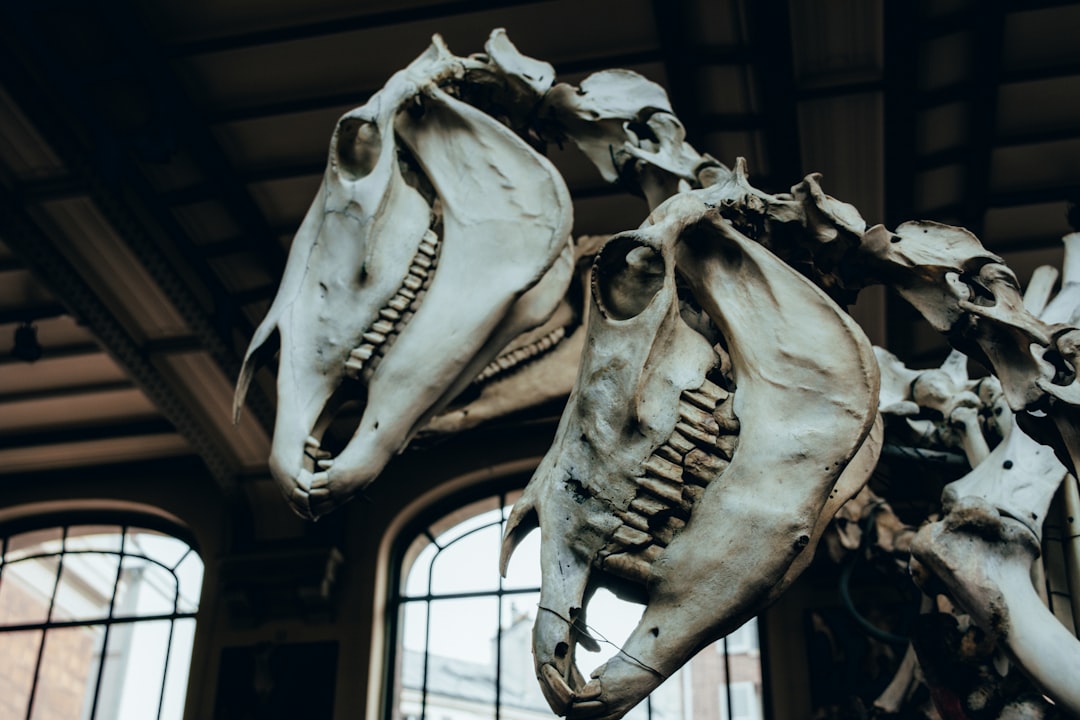
Philip J. Currie suggested that Tyrannosaurus may have been pack hunters, comparing T. rex to related species Tarbosaurus bataar and Albertosaurus sarcophagus, citing fossil evidence that may indicate gregarious behavior. A find in South Dakota where three T. rex skeletons were in close proximity may suggest the formation of a pack.
Fossils of tyrannosaurs ranging from ages 2 to 26 have been found together, as well as trackways with footprints from multiple individuals, suggesting that T. rex may have formed herds and even hunted together. Imagine not just one T. rex hunting you, but an entire pack working together with the coordination of wolves. Cooperative pack hunting may have been an effective strategy for subduing prey with advanced anti-predator adaptations which pose potential lethality such as Triceratops and Ankylosaurus.
Fossil Evidence of Active Hunting
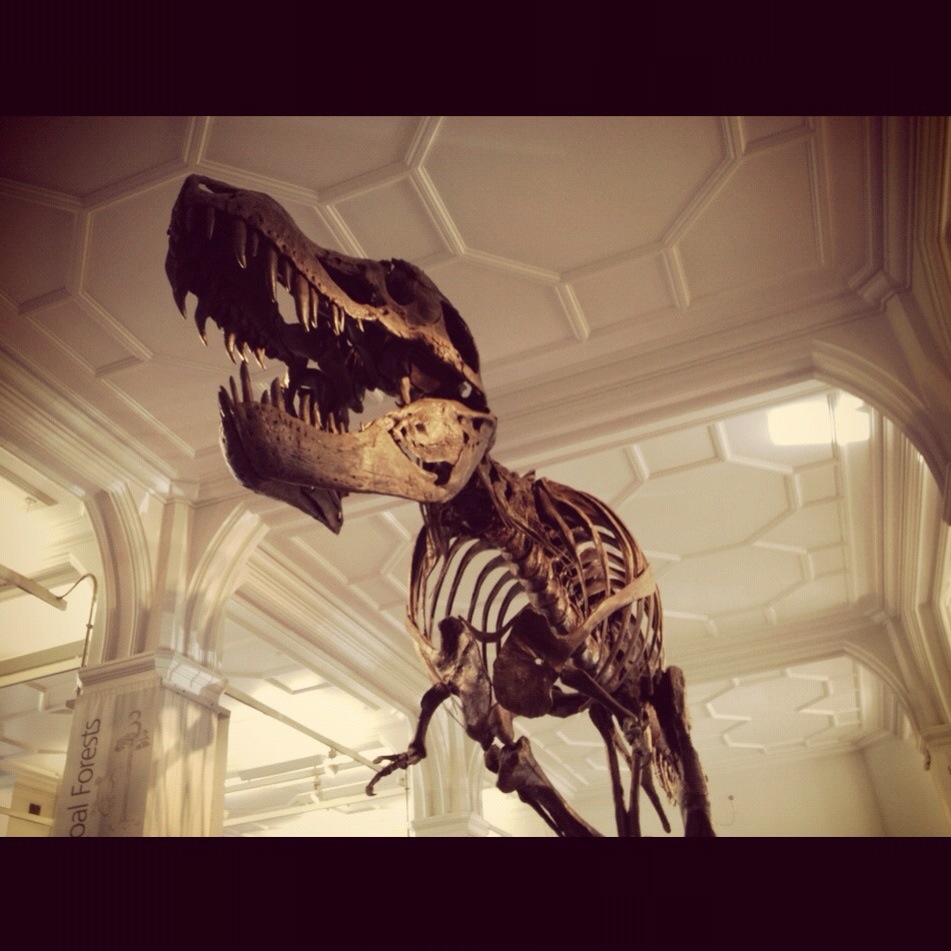
The debate about whether T. rex was a hunter or scavenger has been settled by hard evidence. Here we report definitive evidence of predation by T. rex: a tooth crown embedded in a hadrosaurid caudal centrum, surrounded by healed bone growth. This indicates that the prey escaped and lived for some time after the injury, providing direct evidence of predatory behavior by T. rex.
One example is the case of a T. rex tooth found embedded deep in the tail bone of a duck-bill dinosaur. The duck-bill dinosaur managed to escape – and, in fact, lived long enough for new bone to grow around the puncture wound. It’s evidence that T. rex wasn’t simply a scavenger: it actively hunted live prey, including sizable vertebrates like Edmontosaurus annectens, which could grow to be almost 10 feet tall and weigh up to 7,700 pounds.
Conclusion
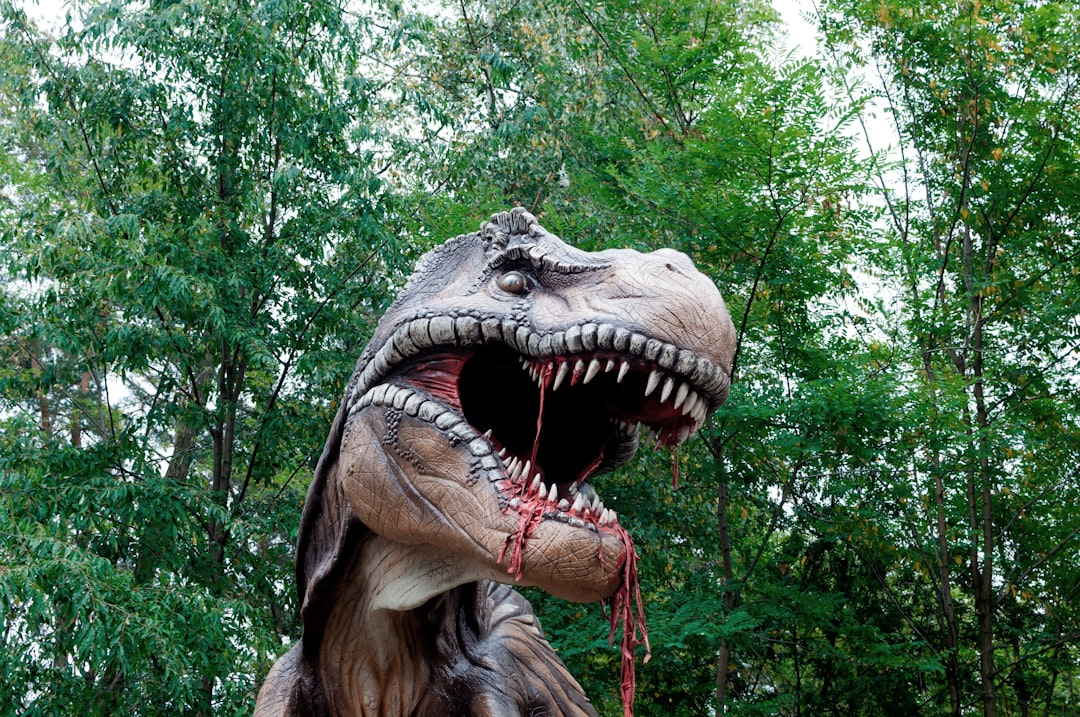
When you look at all these traits together, it becomes crystal clear why T. rex dominated its ecosystem for millions of years. Every aspect of its anatomy was honed by evolution to create the perfect killing machine – from its devastating bite force to its keen intelligence, from its powerful legs to its pack-hunting behavior.
T. rex wasn’t just big and scary; it was a highly sophisticated predator equipped with every tool needed to hunt, kill, and survive in one of the most dangerous periods in Earth’s history. These ten traits didn’t just make T. rex unstoppable – they made it legendary.
Next time someone asks you what made T. rex so special, remember: it wasn’t just one thing that made this predator unstoppable, but rather the perfect combination of physical adaptations, intelligence, and hunting strategies all rolled into one terrifying package. Makes you glad they’re extinct, doesn’t it?

